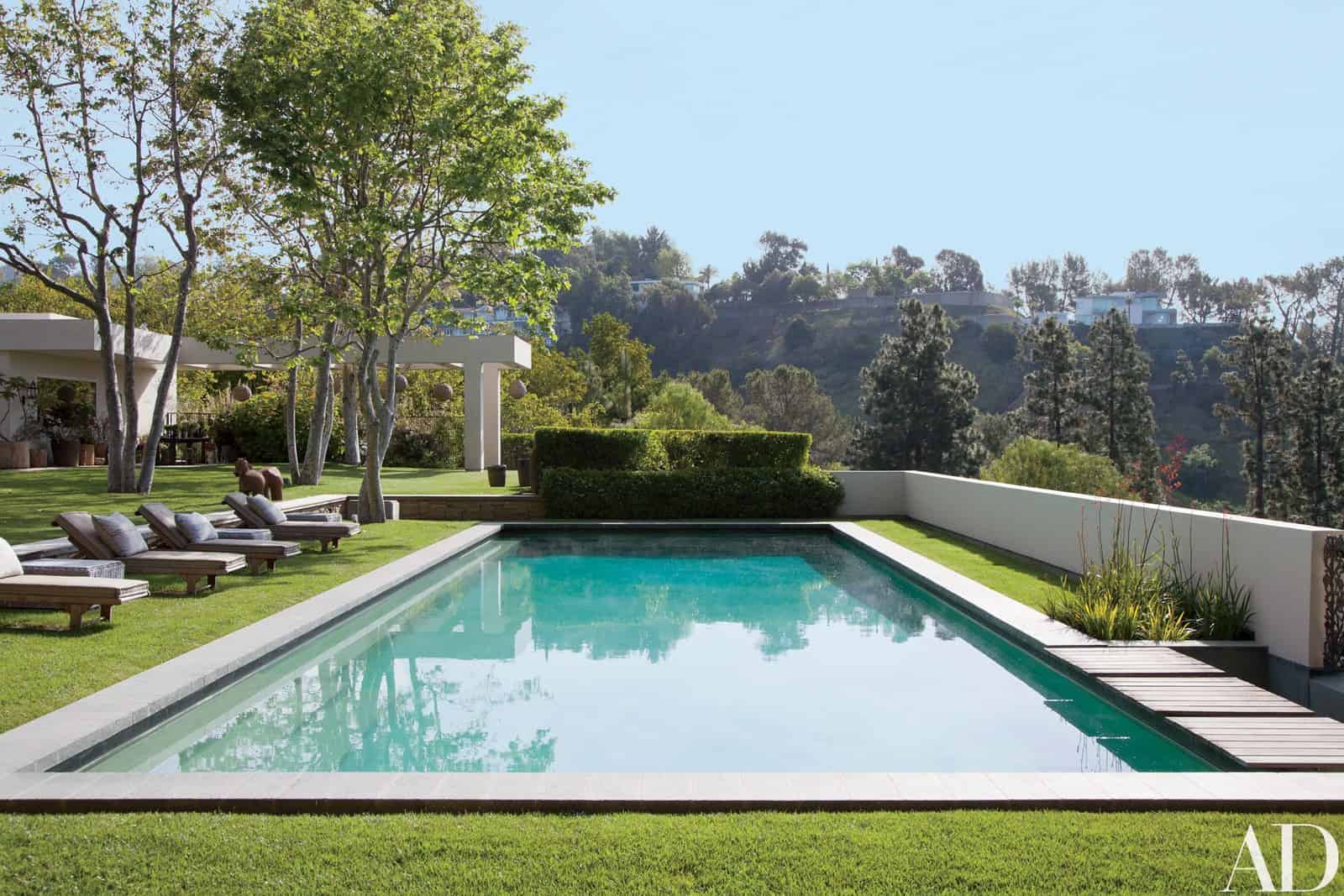
Pool Designs: Transform Your Backyard With Luxury Soake Pools in Northern Virginia


By Ed Ball | Published on May 29, 2021 | 2 min read

It’s planting season in the DMV, and garden centers are packed with colorful plants of all shapes and sizes, tempting us to stuff our carts with blooms. While mixing and matching is encouraged and creates more interesting landscapes and flower beds, a little knowledge goes a long way to building lasting results.
As you navigate your cart up and down the rows of flowers, they will be organized into two large groups: perennials and annuals. Perennials return each year, often by going dormant during the winter then return in the spring. There are many types within this broad classification, from bedding flowers to bulbs to vines to evergreens.
The key to ensuring you are buying a perennial plant in our geography is to check its “zone” designation. Most of our region is considered Zone 6, meaning plants rated to this zone can withstand low winter temperatures of -10 to 0 degrees.
For a little more complexity, there are also biennials that bloom every other year. Plants in this category include foxglove, hollyhock, and several vegetables.
Annuals are those plants that can’t withstand our winters and die off during a freeze. Most vegetables, many flowering plants, and some shrubs, and even trees can be considered annuals here in Zone 6. For instance, if you’ve ever been to a tropical climate, you may have seen plants and trees that grow year-round, which here would be considered an annual or would have to spend the winter indoors.
More designations:
Within the large groupings of perennial and annual plants, some plants tolerate shade, thrive in clay, or need hardly any water. Mixing annual and perennials into the same flower bed can be done successfully so long as all the plants have similar needs.
In other words, consider grouping plantings by how much sun or water they need instead of separating your annual from perennials. Annual flowers can also be ideal filler for perennial beds that are just getting established by filling in gaps or providing consistent blooms throughout summer.
When choosing plants, first take into account the site itself – how much sun does it get? Does the soil need to be amended? Can you regularly water the plantings? From there, look for plants that would do well in that area.
Thankfully, the plants you shop will have identification tags that not only delineate them between annuals or perennials but also reveal how tall they will grow, how far apart they should be spaced, and how much sun they prefer. Don’t be afraid to lay out your plant selections on the ground to see how they do together and to ensure you have the right number.
While big-box stores often have large garden centers, you may want to start at a garden store if you require more assistance and knowledge. Employees will be more knowledgeable about plants at these stores, plus you can always shop your list around town once you know what you want.